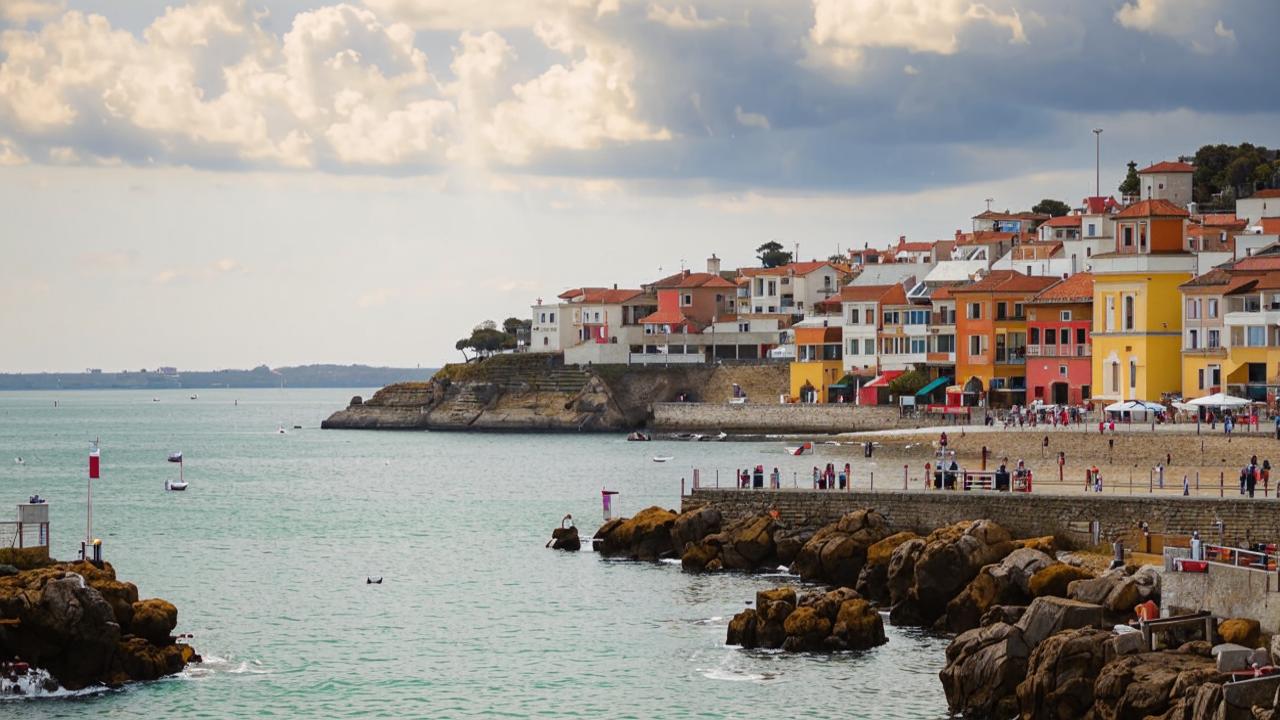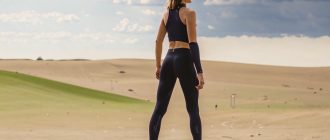We continue our series of materials devoted to the countries participating in the World Cup 2024. Next in line – France. This team will play today in the 1/2 finals of the Euro.
France is amazing. It mesmerizes with its architecture, culture and exquisite cuisine. People here often look relaxed and happy. It seems as if they know exactly how to build a career, yet live in ease and enjoy every day. How do they manage to come to harmony? Their secret lies in the philosophy of art de vivre – the art of living, finding a balance between work and personal affairs.

Clinical psychologist (IP&CP), counseling psychologist
“This concept teaches people about harmony. It is important to be able to separate career and personal life. Overwork, constant stress often leads to overstrain. You need to get rid of such a lifestyle. I tell you why relaxation is the key to personal efficiency”.
The essence of the art de vivre philosophy
One of the key aspects of the art de vivre philosophy is work-life balance. The French are adept at disconnecting from tasks in order to fully devote themselves to relaxation and their own interests. This allows them to recuperate and return to work with new ideas and energy.
A conscious approach to life is another important aspect of art de vivre. The French know how to slow down and savor the moment. This makes it possible to concentrate better on tasks and accomplish them better.
The French also place a high value on time spent with family and friends. Through gatherings, they can share ideas, exchange news, or simply enjoy socializing. This helps to distract themselves, “unload” their heads and have new experiences.

Why is balance in life important?
Constant stress at work can lead to emotional burnout. What does this mean? Such a state is characterized by emotional and physical exhaustion, loss of interest and motivation to work. Also, a person stops communicating with people.
With emotional burnout can appear negativism, cynicism, detachment in relation to others and to the work process. If measures are not taken, the condition will worsen. This will lead to somatic disorders: gastrointestinal problems, heart problems, skin diseases and so on.
It is important to build and maintain boundaries between different activities. Firstly, it will help to evaluate how much resources you put into one or another activity, whether there are no distortions.
Secondly, it will help you achieve balance in your life. It is important for mental and physical health. Not everyone knows, but a person is equally negatively affected by both increased workload and lack of stress. In the first case, exhaustion and emotional burnout can occur. In the second – boredom, apathy, a sense of meaninglessness of life.

If a person maintains a balance, he can switch between different activities. As a result, it will be possible to lead a fulfilling life, realize values and have a quality rest.
A lot also depends on what kind of employment a person has. For example, people become exhausted faster if they work in areas that involve socializing. Here it is especially important to find opportunities for rest and recuperation.
Separating work and personal affairs also helps in creating pillars in life that will support. Communication with loved ones, time for self-care, opportunities for reflection, and being in touch with yourself are all important for mental health.
Relaxation and personal effectiveness
The French believe that relaxation is the best way to succeed in life. But this word can be understood in different ways. Let’s break it down.
If we are talking about inactivity, then this is a misconception. Hypodynamia also negatively affects the psyche. As Austrian psychotherapist Viktor Frankl wrote, a person should be in a state of healthy tension between his current state and what he wants to become and what he wants to achieve.
And if we talk about perceiving life more calmly, not to fixate on rigid demands on oneself, to abandon perfectionism in favor of optimism, to be able to act in small steps, to take time to rest, which helps to restore strength, not to criticize oneself for failures, then this is a positive influence. This approach works well.

It is important to emphasize one more point. Remember that it is impossible to succeed in everything. Therefore, it is worthwhile to soften the requirements for yourself in advance.
Often people are in a hurry. They feel that they will miss important things. FOMO (Fear of missing out) – fear of missing out. But eventually a person comes to exhaustion, overexertion, and this affects the body and can shorten the time to live.
Two cardiologists Meyer Friedman and Ray Roizman developed a remarkable theory of personality types A and B. To the first they referred people with high organization, ambitious, active, energetic. To the second – calm, “sensitive”. That is, people who are less prone to anxiety.
They concluded that Type A people have a higher risk of dying from coronary heart disease. This theory is, of course, debatable, and there are studies that refute such a rigid correlation. However, the link between stress levels, self-demands and health problems does exist.

One effective way to combat regular stress is relaxation. Such practices help improve personal effectiveness. They also help improve concentration, memory, and reaction speed.
In the process of relaxation, muscle tone, excessive physiological and emotional tension go away, and the resources needed to do the job are released.
Anxiety is also reduced due to the fact that the activity of the almond-shaped body decreases. This means that the work process itself is more relaxed. You are not as exhausted as you would be if you were performing tasks in an anxious state.
Three practices for relaxation
I share the best known and most effective ways to release tension on your own. You can choose any practice for relaxation that you like.
Progressive muscle relaxation by Jacobson
The essence of the method is that first you need to maximize muscle tension. Then – completely relax them. Here it is necessary to consistently tense for 5-10 seconds different parts of the body. This way you will achieve complete relaxation. Another option is to tense several muscle groups at once for 1-2 minutes.
After that, for 15-20 seconds you need to focus on the feeling of relaxation. This exercise helps to get rid of muscle blocks.
Diaphragmatic breathing
It is necessary to breathe slowly and deeply through the nose. At the same time, direct the air into the abdomen, not into the chest. Next – hold the breath for a few seconds, and then slowly exhale through the mouth, trying to fully release the lungs.

Technique with imagination
The technique “Safe Place” works well. For the first time it is better to do it in a calm state.
It is necessary to cover your eyes, relax, focus on breathing and let go of all current thoughts, let attention wander. Then visualize a place where you feel good and calm, where you have all the resources you need. It can be a familiar space or one seen in a movie, in a picture. It can also be invented.
What is important here is the feeling of calm and safety. In this place you can be with yourself, be nourished with resources. And when you feel that you have rested and calmed down, you should open your eyes.
If you practice this exercise regularly, naming the safe place, then after a while you will notice that the state of relaxation will occur faster and faster.
The philosophy of art de vivre is worth learning from the French. Work-life balance helps us stay productive and lead a fulfilling life. And most importantly, it helps us to stay physically and psychologically healthy. Try to find time for leisure and personal interests, enjoy pleasant moments and surround yourself with people you love.






